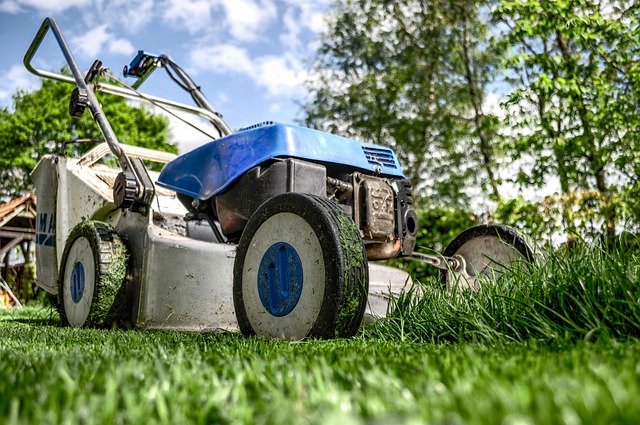Crew Communication and Time Management for Large-Scale Property Care
Effective communication and time management are essential for crews working on large-scale property care. This article outlines practical strategies for coordinating landscaping, turfcare, irrigation, and seasonal tasks across expansive sites. It focuses on clear roles, realistic scheduling, and consistent processes that help teams deliver steady results while maintaining safety, equipment readiness, and sustainability goals.

Landscaping and crew coordination
Successful landscaping on large properties depends on structured communication. Establish clear daily briefings that outline priorities—such as bed renovation, hardscape upkeep, or new plantings—and link them to crew roles. Use simple tools like checklists and shared digital boards to log task progress and record notes about horticulture specifics, pestcontrol observations, and any arboriculture concerns. Regular briefings reduce duplication of effort and ensure crews working for local services or contractors align with site standards and any client-specific horticultural instructions.
Turfcare scheduling and priorities
Turfcare requires predictable cycles for mowing, edging, aeration, and fertilization. Create a seasonal calendar that prioritizes turf health and schedules high-frequency tasks like mowing on consistent days to avoid conflicts with irrigation cycles. Assign zones to small teams so each unit becomes familiar with turf patterns, drainage issues, and soilcare needs. Communication about turf stress, disease signs, or pestcontrol requirements should be documented and relayed immediately to supervisors so corrective action fits long-term turf health strategies.
Irrigation and seasonal planning
Irrigation timing must synchronize with other tasks to avoid wasted effort and wet conditions that impede mowing or hardscape work. Implement a protocol for notifying crews when irrigation cycles are active and maintain a shared calendar for seasonal changes to irrigation schedules. For large sites, remote monitoring paired with crew reports improves responsiveness to leaks, blocked emitters, or pressure issues. Clear irrigation notes also support sustainability goals by reducing overwatering and helping teams coordinate drought-sensitive seasonal planting or soilcare amendments.
Pruning, mowing and task sequencing
Sequence pruning and mowing so that pruning debris is cleared before turf work begins, and so clippings do not interfere with edged beds. Create standard operating procedures for pruning cycles, specifying which species require seasonal trimming, and coordinate with arboriculture guidance for larger tree work. Time management here means batching similar tasks—such as all mowing across adjacent zones—so crews reduce travel time and equipment changes. Consistent sequencing improves safety, minimizes rework, and keeps daily schedules achievable.
Equipment, safety, and certification
Well-maintained equipment reduces downtime and improves time estimates. Establish pre-shift equipment checks, daily fuel and battery logs, and a straightforward reporting process for repairs. Pair these practices with safety briefings that reinforce PPE, machine operation standards, and certification requirements for specialized tasks like pesticide application or arboriculture lifts. Clear documentation of certifications and training helps dispatch appropriate crew members to tasks that require specific qualifications and ensures compliance with safety protocols while maintaining efficiency.
Soilcare, pestcontrol and sustainability
Soilcare and pestcontrol efforts benefit from routine monitoring and clear recording of findings. Encourage crews to note soil compaction, erosion hotspots, or pest activity and to share photos via a central platform for quick assessment. Integrate sustainability practices—such as reduced chemical use, targeted treatments, and organic soil amendments—into task planning so these actions are part of scheduled workflows rather than ad-hoc efforts. Coordinated communication ensures that sustainable measures align with client expectations and long-term plant health.
Conclusion
For large-scale property care, reliable crew communication and disciplined time management turn complex maintenance programs into predictable operations. Structured briefings, zone-based scheduling, synchronized irrigation and mowing, routine equipment checks, and clear documentation for soilcare, pestcontrol, and certification needs reduce inefficiencies and support sustainability objectives. When teams adopt consistent processes and share timely information, site quality remains steady and operational planning becomes more accurate, helping managers and crews focus on practical, measurable outcomes.





